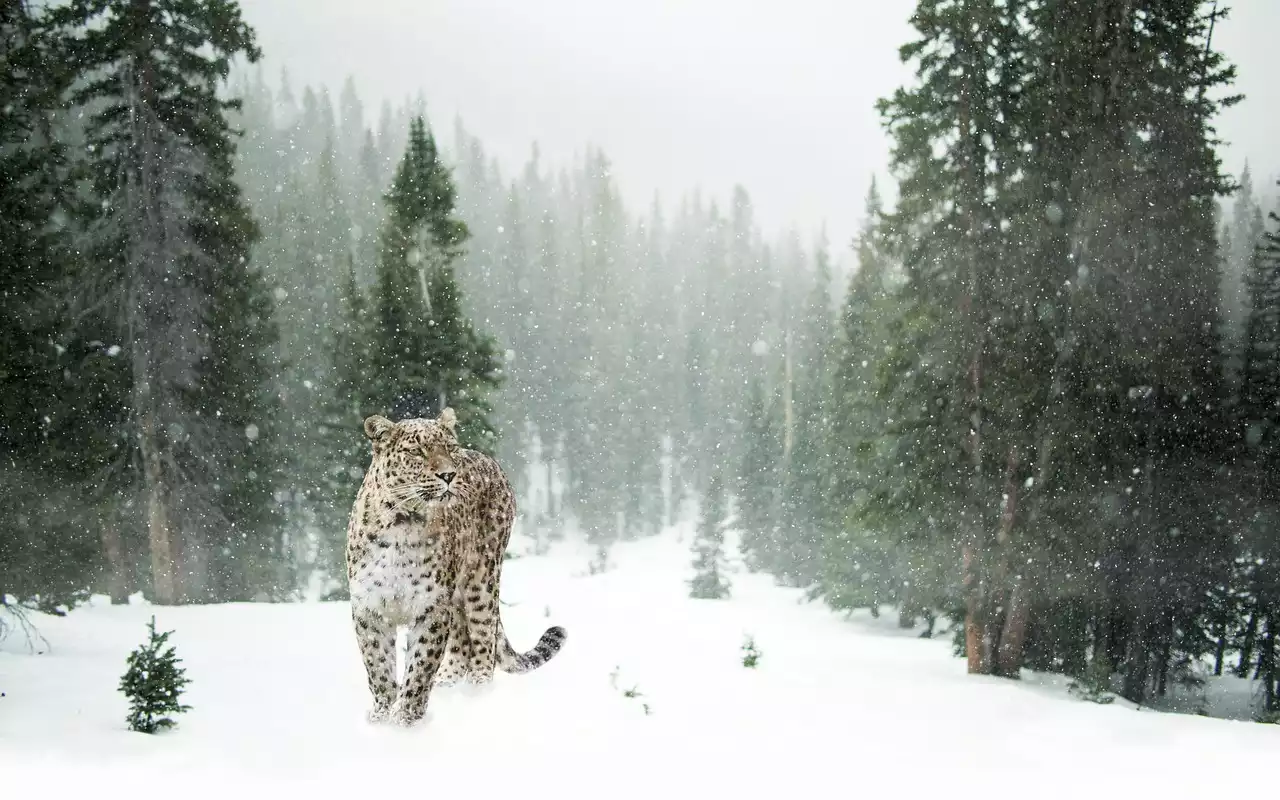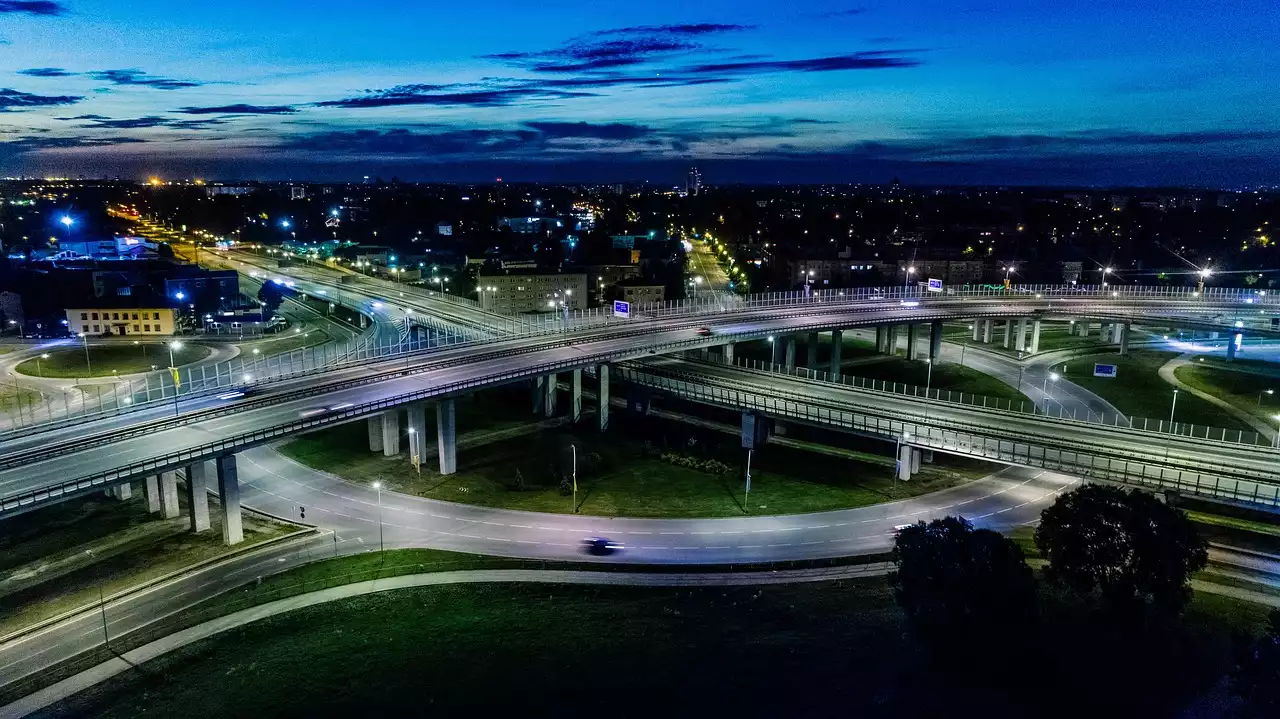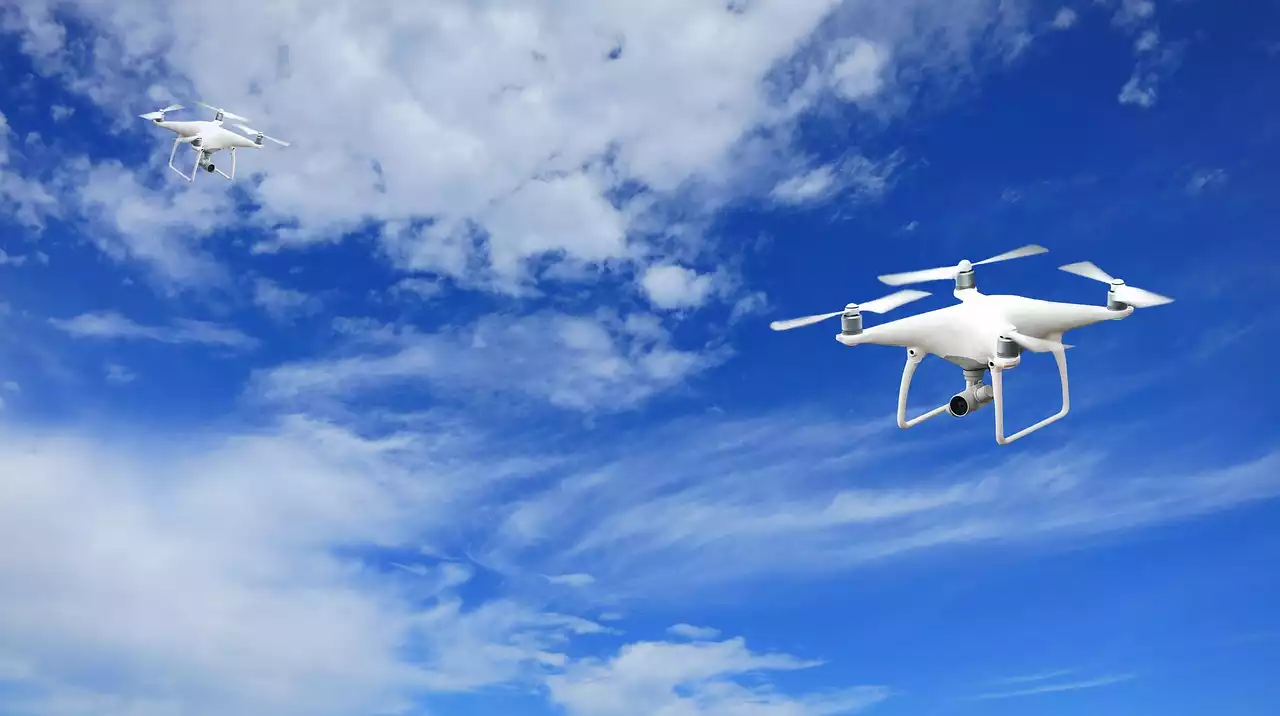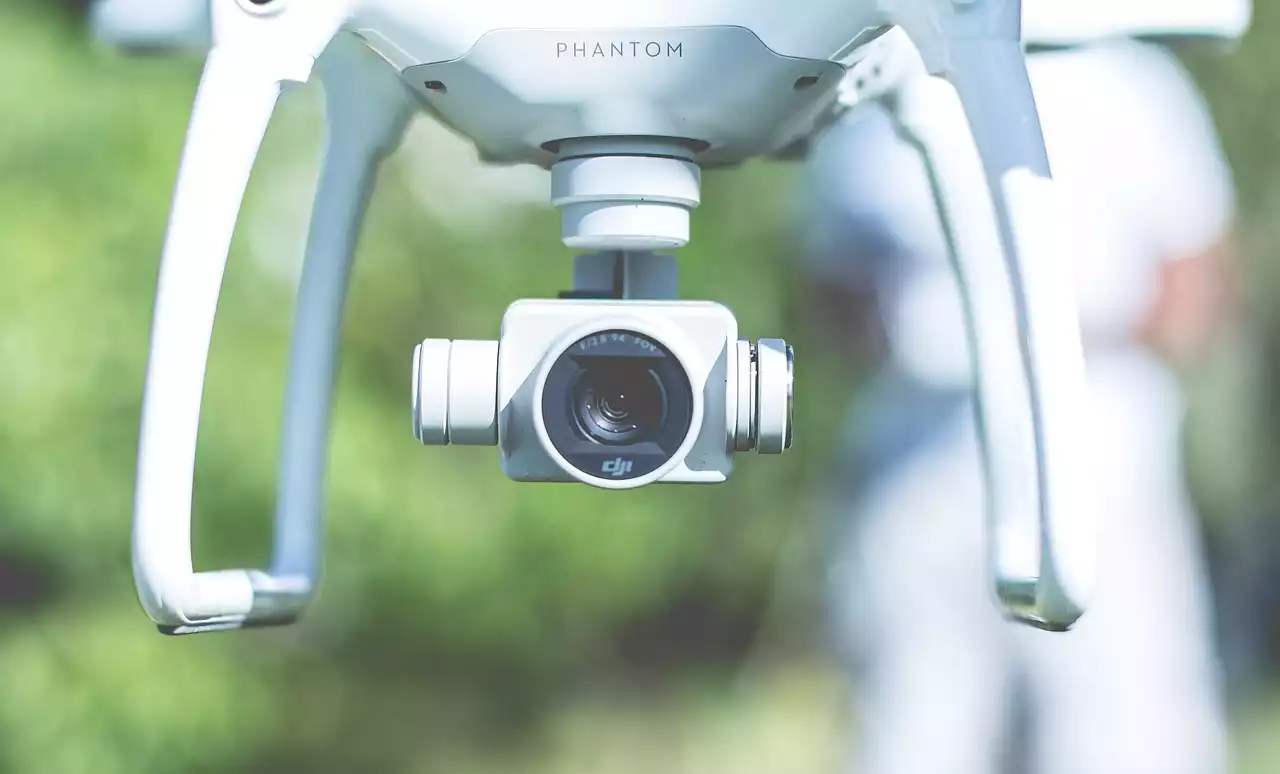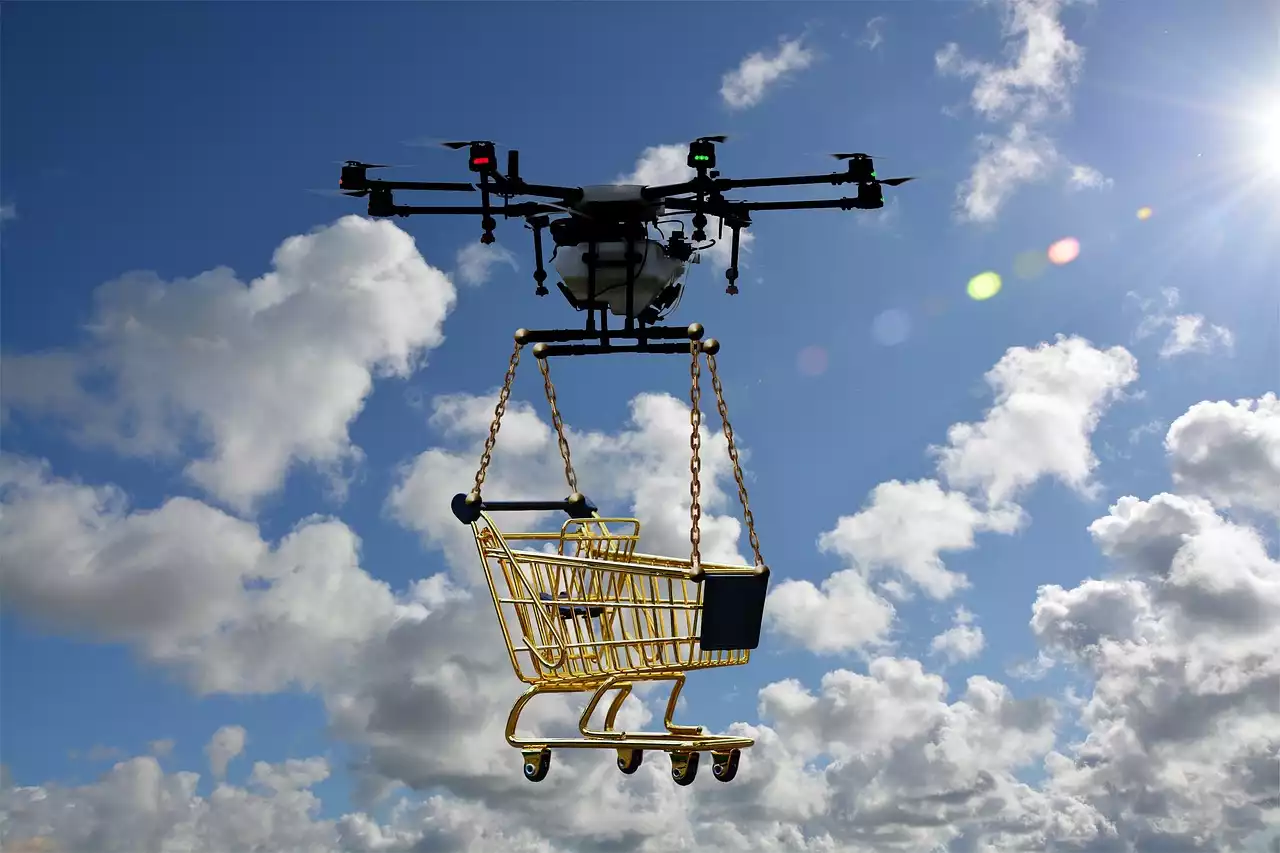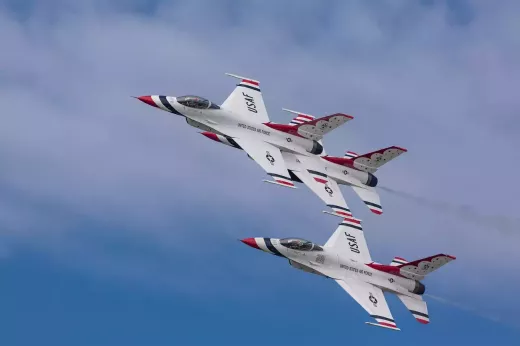What is wildlife monitoring?
Wildlife monitoring involves the systematic study of wildlife using scientific methods. This includes collecting data on population sizes, habitats, behaviors and threats. Wildlife monitoring also includes the use of technology to collect data, either electronically or by capturing and storing images. Wildlife monitoring is a critical part of the scientific process, allowing us to understand and manage our wildlife populations. It can be used to gather information on the population sizes, behaviors and geographic distributions of different species.
Benefits of using drones for wildlife monitoring
Drones are a great way to survey large areas quickly. They can cover large distances with high-resolution images that can be used to map the environment and identify specific features such as animals or habitats. Drones can also be equipped with electronic sensors to collect data on various environmental factors such as temperature, rainfall and air quality. This allows for data analysis and better decision-making about managing resources.
Different types of drones used for wildlife monitoring
Drones can come in a variety of shapes, sizes and types, and many different species can be used for wildlife monitoring. Some of the more common types of wildlife monitoring drones are listed below.
- Autonomous Wildlife Monitoring UAVs: Autonomous UAVs are the most common type of drone used for wildlife monitoring. They can be programmed with flight routes and sensors to fly along predetermined routes to gather data on specific environmental factors. Autonomous drones can be programmed with sensors to gather data on temperature, rainfall, air quality and more.
- Remotely Piloted Aerial Vehicles: Rather than being controlled manually, these drones use remote pilots to control their flight. RPAVs are often used for monitoring large areas and collecting high-resolution images, a feature that makes them ideal for mapping and surveying.
- Professional Wildlife Monitoring UAVs: These drones are specially designed for wildlife monitoring, with characteristics such as high altitude, long flight times and a lightweight frame. These drones are often used to survey large areas and cover long distances, making them especially useful for monitoring large and remote areas.
Applications of drones for wildlife monitoring
Wildlife monitoring drones can be used to survey habitats, investigate animal behaviour and identify threats. Some of the most common uses of drones for wildlife monitoring include:
- Mapping: Mapping helps researchers and managers understand where and how wildlife are distributed across an area. This can help determine potential threats to the species and plan conservation efforts.
- Surveying: Surveying is the process of mapping out an area to determine the population sizes and distribution of various species within an area. This helps researchers determine the best conservation efforts for each species, and inform the use of resources.
- Monitoring and Measuring: Monitoring and measuring is the process of recording data on environmental factors such as temperature, rainfall and air quality. This helps researchers and managers determine the effectiveness of conservation efforts.
- Wildlife Tracking: Tracking is the process of following an animal’s movements over time. This can help researchers understand animal migration and movements, as well as capture movement data for future analyses.
- Remote Sensing and Geo-Reaching: Remote sensing and geo-reaching are the use of drones to create maps and create aerial images. These two types of technology allow for the creation of 3D maps and high-resolution images that can help researchers and managers better understand the environment.
Challenges of using drones for wildlife monitoring
Drones can be useful for wildlife monitoring, but they also present unique challenges that must be overcome in order to get the most out of them. These challenges include the following.
- Drone Flight Restrictions: Many areas have regulations restricting drone flights, which can make it difficult to use drones for monitoring wildlife.
- Weather of the Environment: Weather conditions such as wind, storms and lightning can make it difficult for drones to fly safely and accurately.
- Distance and Range: Drones have a limited distance and range, which makes it difficult to survey large areas and observe wildlife from a distance.
- Size and Weight of Wildlife: Drones have a particular size and weight limit for wildlife, which can make them unsuitable for surveying large or heavy wildlife.
Best practices for using drones for wildlife monitoring
When conducting wildlife monitoring, it is important to consider the following best practices.
- Identify the Threat: Wildlife monitoring is most effective when it is paired with threat identification. This process involves identifying the threats to wildlife and then using drone monitoring to assess the risk to their populations. By identifying threats, wildlife managers and researchers can better understand their populations and how they are being impacted.
- Maintain Records: It is important to maintain records while using drones in wildlife monitoring. This includes logging flight records, data logs and imagery that can be used to analyze and interpret the data.
- Observe Wildlife from a Safe Distance: When monitoring wildlife with a drone, it is important to observe them from a safe distance. This distance should be at least as far away as the drone’s range, and it should be maintained at all times.
Future of drones in wildlife monitoring
With the widespread use of drones, the field of wildlife monitoring has expanded and become more sophisticated. These technologies have allowed researchers to collect data in new ways, and push the boundaries of what was thought possible. Drones have been used for decades for various applications, but only recently have the benefits of these technologies been realized. With the rise and adoption of new technologies, the future of drone monitoring is looking bright. New drone technologies are showing promise for new and innovative ways to monitor wildlife, and they are also helping researchers improve their data analysis.
